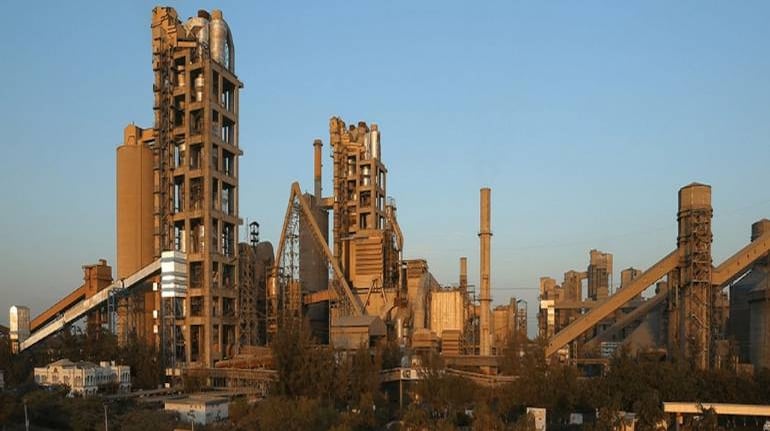



The new Industrial Park Rating System 2.0 report, launched by the government on October 5, is yet another effort to draw investor interest in India's vast but underutilized industrial infrastructure. It aims to rate and rank the country’s industrial parks and special economic zones.
IPRS 2.0 is the latest in a long list of similar reports and portals dedicated to ranking available infrastructure, such as the National Single Window System, the government's Ease of Doing Business rankings for states, and specialized rankings such as the logistics index.
Moneycontrol takes a look at what makes it different, and why the government is betting on it to bring in significant foreign direct investment (FDI).
What exactly is it?The Industrial Park Rating System was developed for the user to evaluate the competitiveness of an industrial park against global benchmarks on four metrics—internal infrastructure and utilities, external infrastructure and connectivity, business services and facilities, and environment and safety management.
The Asian Development Bank assisted the Department for Promotion of Industry and Internal Trade (DPIIT) in establishing it. It was hoped that assessment under IPRS could assist informed decision-making by stakeholders involved in India’s industrial development including policymakers, investors and financial institutions.
It is an extension of the India Industrial Land Bank portal which features more than 4,400 industrial parks in a GIS-enabled database to help investors identify their preferred location for investment. This particular portal is currently integrated with the industry-based GIS system of 21 states and Union territories and plot-wise information in these are updated on a real-time basis.
What is its aim?Investors can remotely refer to this report to identify the suitable investable areas, as per the various parameters of infrastructure, connectivity, business support services and environment and safety standards, and make informed investment decisions.
To optimise resource utilisation and enhance the efficiency of the manufacturing sector, DPIIT had also launched the India Industrial Land Bank, earlier known as Industrial Information System, a GIS-enabled database of industrial areas and clusters across the country, in May 2017. This has led to 4,420 parks and industrial zones being mapped till now, covering about 5.6 lakh hectares.
In the latest report, 41 industrial parks have been assessed as “Leaders” in the IPRS report. Ninety industrial parks have been rated as under the “Challenger” category while 185 have been rated as “Aspirers”. These ratings are assigned on the basis of key parameters and infrastructure facilities, etc., helping investors in deciding better where to invest.
What about the National Single Window System?Last month, the government finally launched the beta version of the National Single Window System (NSWS), five years after it was announced. An integral component of Prime Minister Narendra Modi’s Make in India plan, the portal is currently being given finishing touches by DPIIT and will go fully live by the end of the year.
After pushing an online investment clearance cell for long, the government finally decided on the NSWS as a single interface between businesses and government at a national level. It aims to raise the ease of doing business manifold and can be used to scout for investment opportunities across India, get deep data regarding land, labour, logistics and costs, as well as to get in touch with government agencies on the ground.
It is expected to provide time-bound approvals and real-time status updates to investors. The system is intended to address information asymmetry, duplication of information submitted across platforms and authorities and inefficient tracking of approvals and registration faced by investors.
How are the two different?The government has taken a stratified view of incoming investments, deciding that the levels of industrial disparity spread across a large geography would need multiple approaches.
“Think of the NSWS as the first step for an entrepreneur looking to invest, scouting the range of opportunities present across the country. Investments are usually a long process, and only once the basic questions are answered by NSWS will the Industrial Park Rating System be required to pitch in. It is to help with careful consideration, providing layers of more intricate data about particular areas,” an official said.
The DPIIT feels the NSWS, along with the India Industrial Land Bank portal, will help in significantly boosting the investment potential in large parts of the country that have until now suffered from a lack of information. It is also the government's latest bid to ensure investments are spread across a larger area and not simply the Western and Southern regions of the country.
Discover the latest Business News, Sensex, and Nifty updates. Obtain Personal Finance insights, tax queries, and expert opinions on Moneycontrol or download the Moneycontrol App to stay updated!
Find the best of Al News in one place, specially curated for you every weekend.
Stay on top of the latest tech trends and biggest startup news.